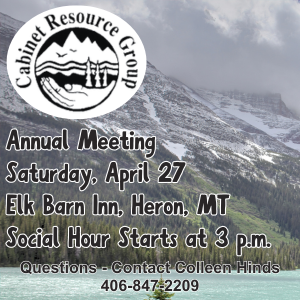A few thoughts on crickets and real life
September 22, 2022
When we were children, we played an odd summertime game. We sat in the front yard of my grandparents’ trailer house/cabin within view of the highway, picked a color and kept track of how many cars and trucks of our color drove by. It was purely a time-waster, but it beats cable or Dish or the internet or however you get your world fed to you, hands down.
It’s been mentioned — several times, plus — that I think television as it’s used in the world today is the largest waste of time and brainpower since bread and circuses were made popular by Roman emperors. Just turn the damned thing off, and go out and play, OK?
Ninety percent of television — I’m being kind — is tripe, pure and simple. Including professional sports — except, of course, baseball and football, which I LOVE to watch. And sometimes golf. Just confessing now, so if you see me staring at a screen in Big Eddy’s, you can’t say you didn’t know.
We’re all susceptible to the lure of popular media, me included. But I think we would be better off if we turned it off more often and sat in the front yard and counted our color of cars going by on the road.
We sat with family and friends, so there was an interchange between humans; sometimes somewhat superficial, I admit, but also real. The only thing between us was evening air, and often, the only things we could hear between cars — besides our own voices — were crickets.
Crickets are the rhythm of a season, lower cleft in cadence, but sung in tenor. Theirs is a summer sound, marking time in the light of long August evenings and then, dammit, September, when their song slows and makes me wish time to follow suit. October crickets can make me cry.
There is a thought that if you count a cricket’s cricks in 15 seconds and add 37, the answer will be the temperature. In Fahrenheit. So, four cricks is . . . let me see. Oh, yeah, a cold cricket.
If you listen to crickets long enough, as your eyes will adjust to dim light, your ears will adjust to what is first perceived as the silence between cricks. Sounds below come to the aural surface. A tiny breeze moving through the trees. A train whistling for a crossing way up the valley. The distant hum of turbines turning in the dam downstream, powering up Spokane and Portland with the strength of our river. The rustle of a house wren flying home for the night. On extra-quiet nights, even the sound of that river passing by.
What has this to do with real life, you might wonder. Maybe this: for 3.9997 million years of human existence, there were no trains or turbines to listen to, much less cars. But there was the breeze. And wrens. And the river flowing by. And crickets. Real life was not invented in the last .0003 million years. Real life was here long before the internal combustion machine was invented. Or electricity was harnessed. Or trains began rumbling across the continent.
When you are sitting in your yard and the only sound you notice is the sound of a cricket — and possibly the sound of an approaching car you hope is your color — life is good. Really good. I don’t think it can be better. There’s no rush to go anywhere, do anything, be anybody. You can just be yourself for a while, and let the rhythm of your immediate world keep cadence with a tiny critter that sings by rubbing its wings together.
Sandy Compton was recently invited to read from his new book, 34 Poems, at the Montana Book Festival. It is available at select book stores, online at amazon.com or by writing to [email protected].





Reader Comments(0)